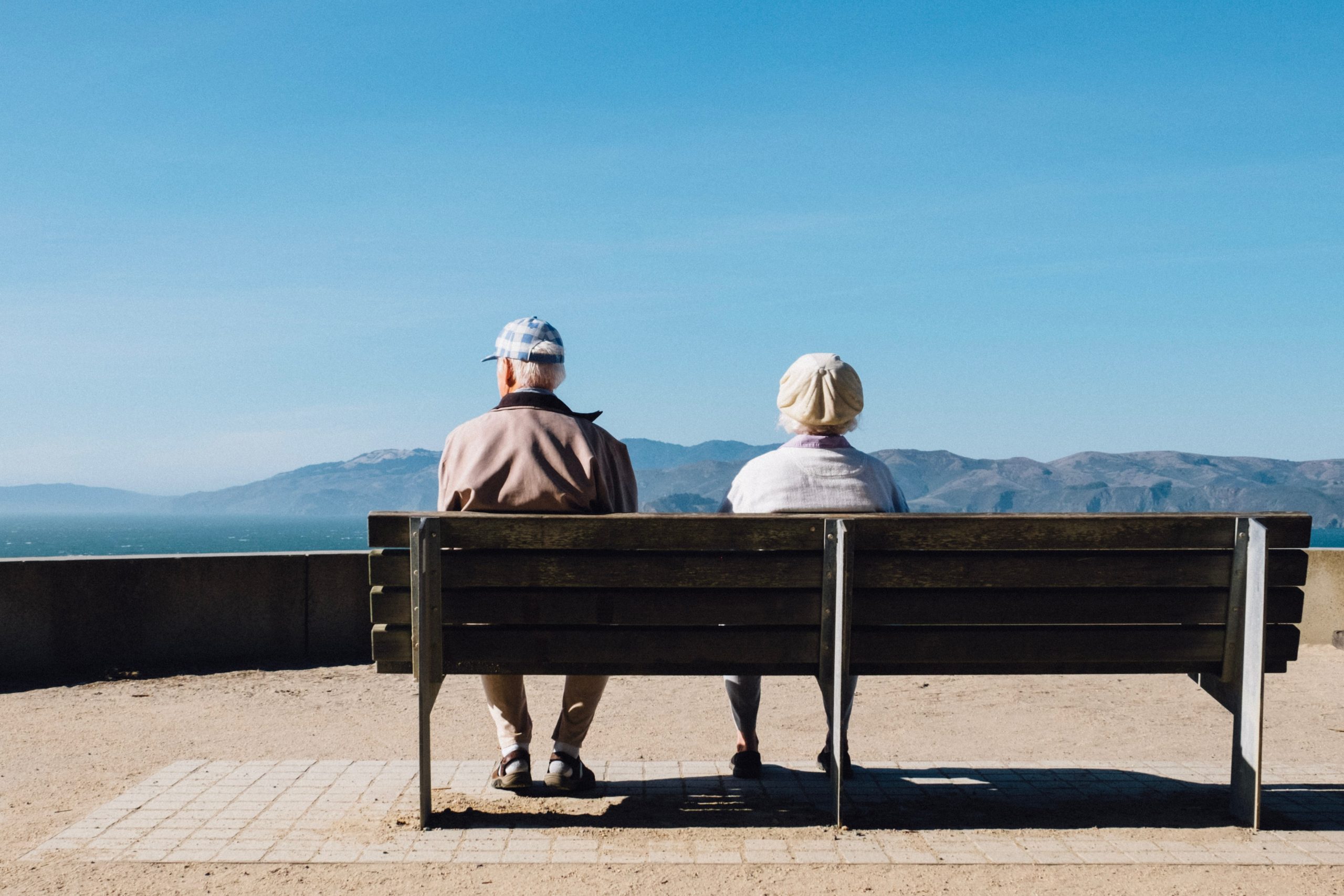There are many physical and psychological health conditions that can occur with loneliness. There are a significant number of older adults that experience social isolation and/or loneliness. According to the Center for Disease Control and Prevention, the significant amounts of aging adults experiencing social isolation in the U.S., is causing an increased number of individuals with dementia and other serious and sometimes fatal health conditions (CDC, 2021). This number of dementias has risen to almost 50% (CDC, 2021). Many of us do not realize the epidemic of loneliness when aging is all around us. Since the COVID-19 pandemic, the number of adults social isolating has risen drastically. Social isolation and loneliness can lead to dementia, depression, eating disorders, heart disease, diabetes, etc. The number of people who socially isolate and are lonely is much higher in those who are immigrants and are far from family, as well as individuals of the LGBTQ+ community. It is important to stay connected to others as much as possible.

Social Isolation and Loneliness When Aging Can Cause:
- Dementia
- Depression
- High/low blood pressure
- Heart disease
- Eating disorders
- Mental health diseases
- Decreased physical activity
- Frailty
- & More

Ways to reduce social isolation & loneliness in older individuals
- Join a community support group
Joining a community support group can help us with social interaction and meeting new people that you can create friendships with. Support groups also help us feel not so alone and gives us the space to talk through our feelings.
- Join age-friendly activities
These activities can include cooking classes, art classes, water aerobics, trivia, etc. These activities not only help with social interaction but helps us stay more active and gets our brain thinking.
Cognitive behavioral therapy can help us talk through our loneliness, but also help us gain the tools to combat our loneliness and provide social skills.
- Use technology to stay connected with long distance friends/family
It is easier now than ever to stay connected with loved ones who do not live close by. We can video call, text, call, and even play online games with friends and loved ones.
- Try something you have not tried before
When aging it can be hard to want to try new things. Trying new things allows us to see new possibilities, learn new cultures, grow our knowledge, and most importantly, it can help us feel less alone.
- Volunteer in the community
When aging it can be more difficult to work and we tend to retire. With all the free time after retirement, you can use this time to volunteer for something you care about. Volunteering allows you to stay connected with others, while also helping others.
- Attend local events
Many local communities host events that are free and open to the public. Attending these events, such as concerts, art exhibits, festivals, and fairs, can be a great way to meet new people and feel connected to the community.
- Attend religious services
Religious organizations often host regular gatherings that can provide an opportunity for social interaction and emotional support.
- Take up a hobby
Pursuing a hobby or interest, such as gardening, reading, or playing an instrument, can provide a sense of purpose and enjoyment, as well as opportunities for social engagement with others who share the same interests.
- Adopt a pet
Caring for a pet can be a fulfilling experience that can help combat loneliness when aging and provide a sense of companionship.
- Seek out intergenerational activities
Participating in activities that involve people of different age groups, such as mentoring programs or intergenerational sports leagues, can help foster connections with individuals of different generations.
- Consider living in a retirement community
Retirement communities can provide a social support network and opportunities for engagement with others, as well as access to on-site activities and services.
It’s important to note that while these strategies can be effective in reducing social isolation and loneliness, they may not be suitable for everyone. Individuals should choose activities and approaches that align with their interests and preferences, and seek support from healthcare providers or social workers as needed.
If you have a friend or family member who Is aging, help them feel not so alone, go for walks together, share stories, go see a movie, join a painting class, etc. It is up to us as a community and nation to help those around us feel not so alone. If you are an aging adult, take necessary steps to help decrease loneliness. Stay active with friends, join a water aerobics class, go to game nights, see a therapist, volunteer, and help other aging adults around you.
If you are struggling with being lonely and wanting to socially isolate, reach out to a therapist for support. It is okay to ask for help and therapy is a great resource. Learn how to understand yourself better by joining a support group and helping others as well as yourself not be as lonely. Making friends and staying active are great ways to not become so lonely and socially isolated later in life.




